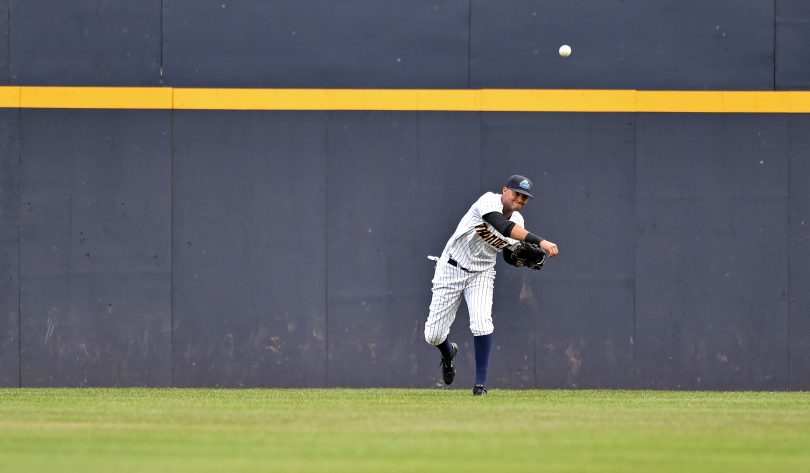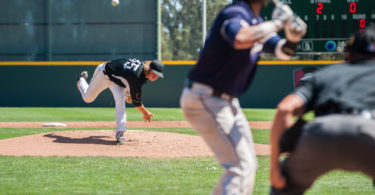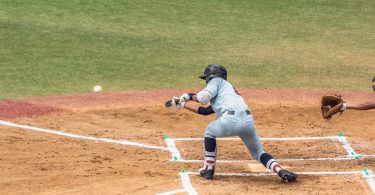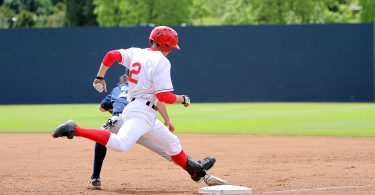The Situation:
There are runners on 1st and 2nd with 1 out in the 4th inning of a 4-1 game where the offense is trailing.
The Play:
A routine fly ball is hit to left field, forcing the outfielder to move back on the ball to make the catch. He has plenty of time to get behind the ball and prepares to make the catch as the runner at 2nd gets back to tag up. The runner at 1st takes note and also returns to first base to tag up. The left fielder catches the ball with his moment moving towards third. The runners tag.
The Outcome:
The left fielders gathers the ball and fires it to the covering third baseman. The throw is online and skips in, but it’s too late. The runner dives in safely ahead of the tag and the runner from 1st moves up to second base, leaving 2 runners in scoring position with two outs.
What Went Wrong:
Can you think of the mistake on this play? If not, it’s because there really isn’t any, short of blaming the left fielder for not having a better arm. The throw to third base was shorter than the throw to second and his best chance to throw the runner out. What we want to highlight here is the heads up play by both base runners. The only way the runner on second would know to tag up and move 90 feet closer to scoring on a play like this is by doing his homework. It’s clear that he knows the left fielder has a below average arm that he can run on, otherwise he would never risk making the 3rd out at 3rd. He did his homework during warm-ups and with the scouting report, and it pays off. The runner at 1st also does a nice job of taking the cue from the runner at 2nd and mirroring him. The heads up play on both their parts gives their team a chance to score two runs on a single. Doing your homework ahead of the game and using that information to make aggressive but high percentage decisions is the epitome of what it means to think the game. Take advantage of your pre-game opportunities to prepare and take notes from this play. It makes a difference!







